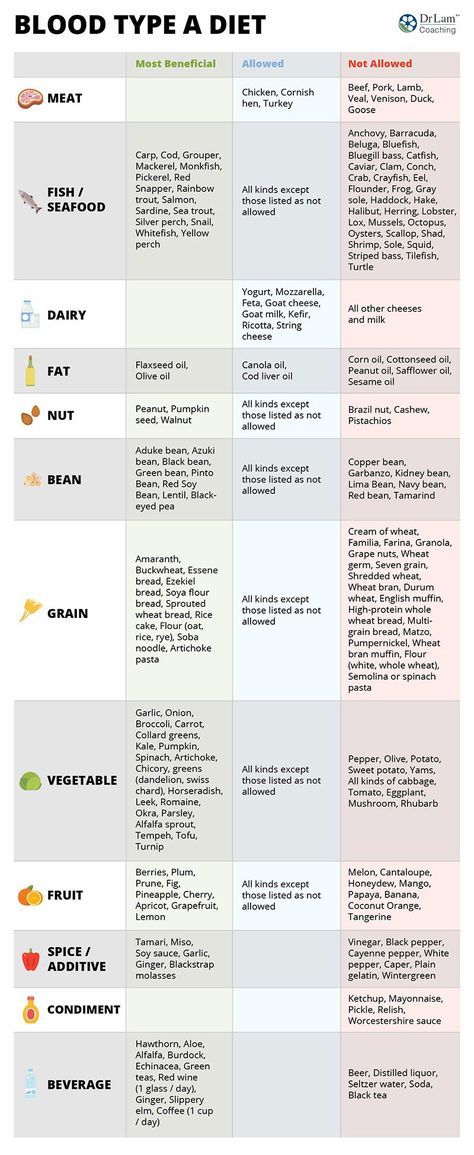Apply Now
Smart Ways to Optimize Your Reindeer Diet in 2025
Understanding the Elements of a Healthy Reindeer Diet
Reindeer are fascinating herbivores that inhabit some of the most challenging environments on earth. Their diet primarily consists of a variety of plant materials, but understanding what do reindeer eat goes beyond just listing food items. It is essential to consider the nutritional value of lichens, mosses, and herbaceous plants, which play a significant role in their overall health and survival. Nutritional deficiencies in reindeer can lead to severe health implications, making it crucial to ensure their diets are balanced and adequate year-round.
The survival strategies of reindeer are deeply influenced by their feeding behavior and dietary habits. In winter, their diet primarily consists of lichens, while during the warmer months, they transition to a diet rich in herbs and shrubs. This adaptation to seasonal changes in reindeer diets is vital for their health and productivity. To optimize the reindeer diet in 2025, we need to focus on the quality of food sources available, which could be influenced by climate change and habitat degradation.
This naturally leads us to explore the impact of climate on reindeer diet and how changes in vegetation affect their foraging strategies.
Impact of Climate on Reindeer Foraging Strategies
Analyzing the impact of climate change on reindeer can reveal significant insights into their foraging behavior and dietary preferences. As temperatures rise, changes in vegetation types in tundra and alterations in seasonal grazing could affect food availability for reindeer. Climate resilience strategies must be implemented to ensure that these magnificent animals can adapt to their changing habitat.
Moreover, understanding the ecological niches that reindeer occupy helps in grasping how they exploit their vegetation resources. The interconnections between reindeer and vegetation dynamics are crucial in developing foraging efficiency assessments. By monitoring the nutritional profiles of various plants and their availability throughout the year, we can establish effective reindeer management practices that support their health and enhance their survival.
With these insights, it's essential to delve into the dietary needs of reindeer, particularly focusing on their summer and winter diets.
Examining the Summer and Winter Diet of Reindeer
The dietary requirements of reindeer significantly vary between summer and winter. During the summer months, reindeer forage on a wide range of plant species, including leafy greens and flowering shrubs. The summer diet of reindeer must provide sufficient energy to support their migration and reproduction. The nutrient intake in reindeer during these months is crucial; thus, assessing the forage availability is paramount for enhancing their health.
In contrast, winter poses unique challenges, as snow cover limits their access to various food sources. The winter diet of reindeer largely consists of lichens and mosses. These food sources not only provide essential nutrients but also require effective foraging strategies, particularly in harsh conditions. Grazing patterns in winter can impact their energy metabolism, making it vital to understand the balance between energy requirements and food quality during this season.
This brings us to investigate the dietary preferences of reindeer and their competition for food resources among herds.
Reindeer Feeding Behavior and Food Selection
Reindeer feeding behavior is influenced by several factors, including ecological dynamics and competitive interactions among individuals. The dietary preferences of reindeer often shift based on available resources, making it essential to monitor habitats for sustainable practices. Understanding the social dynamics in reindeer herds can also reveal how food scarcity affects their grazing patterns.
Researchers have studied foraging competition among reindeer, uncovering interesting insights about how they select food in densely populated areas. Habitats that support diverse plant communities facilitate better nutritional outcomes for reindeer herds. Tundra restoration projects emphasize the importance of maintaining healthy ecosystems that can support the nutritional needs of reindeer while balancing grazing pressures.
As we explore how to optimize reindeer diets, it is vital to consider the implications of habitat loss and its effects on vegetation quality.
Addressing Habitat Loss and Its Effects on Reindeer Nutrition
Habitat loss significantly impacts reindeer populations by reducing the availability of essential food resources necessary for their survival. The balance in the tundra ecosystem is delicate; thus, understanding the ecology of reindeer can inform conservation strategies. Tracking changes in reindeer diets through comprehensive studies allows for better food selection strategies that take into consideration the nutritional health impacts of foraging in areas where vegetation recovery after grazing is necessary.
To optimize dietary plans for reindeer, managers must develop strategies that address the repercussions of climate change on habitats. Integrating data related to reindeer population dynamics can help predict dietary shifts in response to environmental changes. Moreover, evaluating the ecological footprint of grazing provides insight into sustainable grazing practices and how they can benefit both reindeer and their ecosystems.
In conclusion, synthesizing knowledge from reindeer diet research equips us with the tools needed to build better management practices, ensuring the well-being of these remarkable animals in facing future challenges.
Its part of generated content. Can I generate another part?

